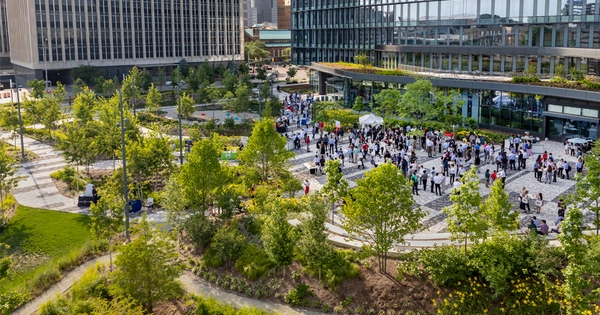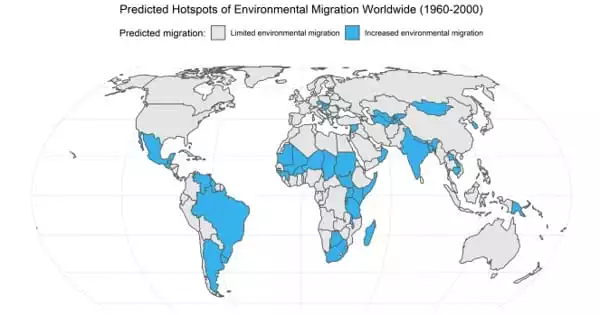Urban vibrancy is the quality of urban places that can attract a diverse range of people for a variety of activities on a variety of time schedules. It refers to a city’s or urban area’s overall health, vigor, and liveliness. High-vitality zones of the city are viewed as alive, active, or vibrant, and they tend to entice people to carry out their activities, stroll, or stay. It refers to numerous aspects of city life and is frequently used to define the good characteristics that make a city an appealing and desirable place to live, work, and visit.
A combination of social, economic, cultural, and environmental aspects can be used to quantify and assess urban vitality. However, low vitality zones repel people and can be seen as unsafe. The urban vitality index is a measure of this quality, and in recent years it has become a critical instrument for urban policy planning, particularly for interventions in low-vitality areas. Furthermore, it is employed for proper management of high vitality settings, as the success of particular regions can lead to gentrification and touristification processes that, ironically, end up weakening the vitality that made them famous.
Here are some key components of urban vitality:
- Economic Activity: A diverse and dynamic economy is typical of a vibrant urban region. It may house a wide range of enterprises, industries, and career possibilities. Economic vibrancy frequently leads to increased income levels and a higher standard of living for residents.
- Cultural and Social Life: A vibrant cultural environment, which includes museums, theaters, music venues, art galleries, and cultural events, contributes to the vibrancy of the city. Social interaction, community involvement, and a sense of belonging are also crucial.
- Accessibility and Mobility: Access to transportation choices like public transportation, bike lanes, and pedestrian-friendly streets can boost urban vitality by reducing traffic congestion and encouraging active lifestyles.
- Green Spaces: Parks, gardens, and other green spaces provide opportunities for recreation, relaxation, and social interaction. Access to nature within an urban environment can improve the overall well-being of residents.
- Diversity and Inclusivity: A diverse population with a variety of ethnic backgrounds, ages, and opinions frequently results in a more active and vibrant metropolitan city. Tolerance for varied lifestyles and identities contributes to societal vibrancy.
- Sustainability and Environmental Quality: Pollution reduction, green energy promotion, and environmental sustainability all contribute to a city’s long-term viability.
Urban planners, legislators, and community leaders frequently collaborate to promote and improve urban vitality. They may enact laws and programs targeted at enhancing these diverse facets of urban life in order to make cities more appealing and sustainable for residents and visitors alike.
















